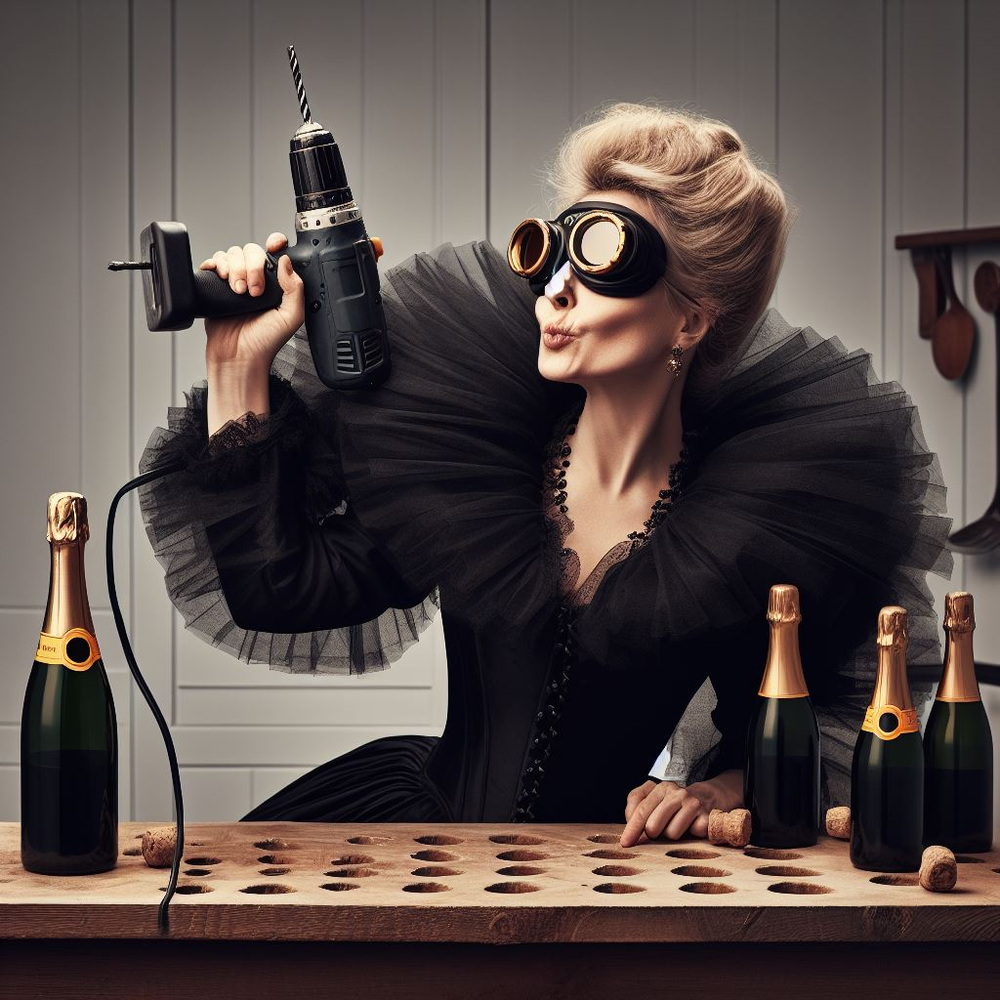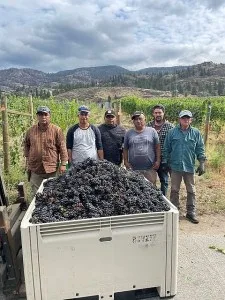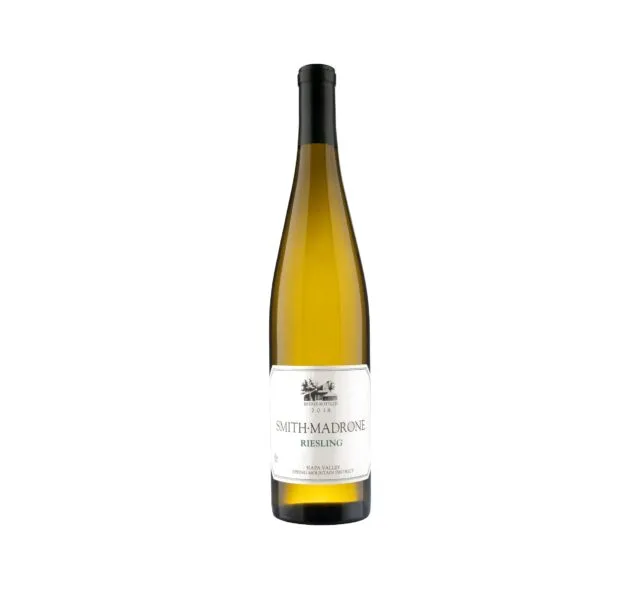Champagne didn’t always have its crystalline clarity. Historically, like many other wines, it was bottled with lees, resulting in a remaining sediment in each glass and often giving the beverage the appearance of cloudy apple juice.
In the first ever piece of art which depicts champagne as a sparkling wine in 1735, a few of its mysteries are unveiled. Jean-François de Troy’s masterpiece not only captures the effervescence with popping corks and overflowing glasses but also reveals an unusual practice that arose from the era of cloudy wines. In this artwork, guests are depicted downing their wine and then placing their glasses upside down in a small bowl next to their knives. Wines were only enjoyed once the sediment had settled, and when they were finished, they were left to allow the dregs to slide out for disposal.
Jean-François de Troy, Le Déjeuner d’huîtres, huile sur toile, 1735
Before the invention of the riddling rack, various methods were devised in pursuit of limpid wine, with varying levels of success. Many producers decanted their wines three or fours times to remove the sediment, hich demanded significant labor and time. In the late 17th and early 18th centuries, resourceful monks turned to sandboxes as a solution. They initially positioned the bottles horizontally and gradually shifted them to a vertical orientation. This technique aimed to capture the lees in the bottle’s neck. However, due to the still imperfect fermentation process and the bottles’ fragility at that time, this approach often resulted in significant
This Article was originally published on Champagne Every Day





